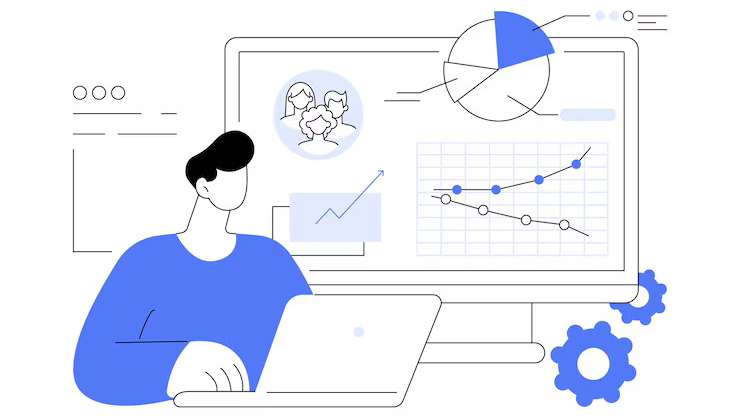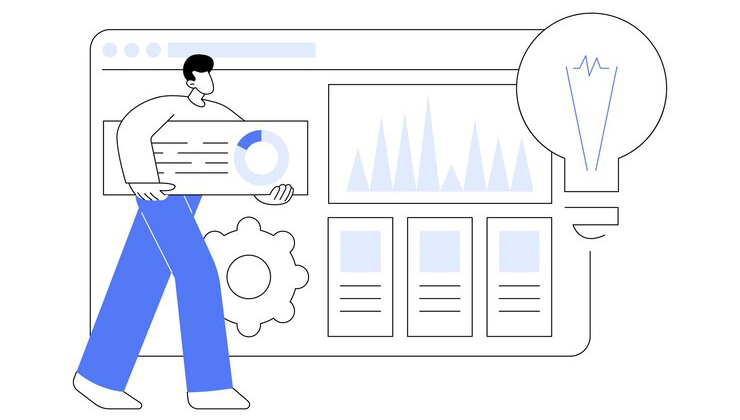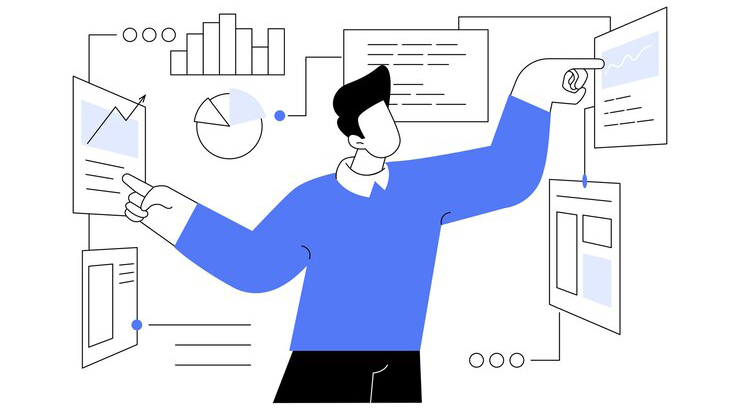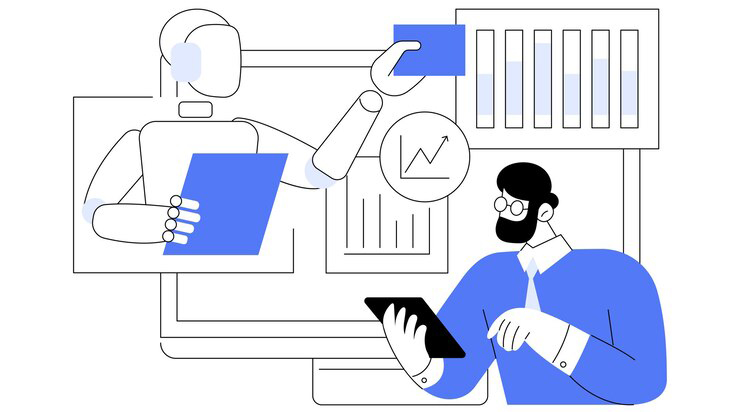How Do AI and Automation Enable New Products and Faster Go-to-Market?

AI And Automation are not just transforming existing processes; they are also enabling insurers to innovate and bring new products to market faster. In this section, we explore how these technologies drive rapid product development and faster go-to-market strategies.
Rapid Product Development

AI can analyze market trends, customer behavior, and emerging risks to identify opportunities for new insurance products. By leveraging this data, insurers can develop products that meet the evolving needs of their customers. Automation streamlines the product development cycle, reducing the time from concept to launch.
Use Case
New Mental Health Benefit Package
A group health insurance carrier uses AI to analyze data from various sources, such as health trends, employee surveys, and claims data, to identify a growing demand for mental health coverage. The AI system pinpoints the specific services and support that employees are seeking. With automation tools, the insurer quickly develops a comprehensive mental health benefit package, including therapy sessions, wellness apps, and mental health days. Automation also helps in streamlining the product approval and integration processes, enabling the insurer to launch the new package in a matter of weeks, significantly faster than traditional methods.
Customization And Personalization

AI enables the creation of highly personalized insurance products. By analyzing individual customer data, insurers can tailor products to specific needs and preferences. This level of customization enhances customer satisfaction and loyalty, giving insurers a competitive edge.
Use Case
Customized Health Plans for Employee Groups
An insurer uses AI to assess the unique needs of different employee groups within a large corporation. For example, younger employees may prefer wellness and fitness programs, while older employees might need comprehensive chronic disease management. By leveraging AI, the insurer tailors health plans to include benefits most relevant to each group. Automation aids in the rapid customization and deployment of these tailored plans, ensuring that each employee group receives a plan that maximizes their health benefits and satisfaction, leading to higher engagement and retention rates.
Faster Go-to-Market with Insurance Products

Automation accelerates the go-to-market process by automating various stages of product development and deployment. From automating decision-making based on predefined rules to marketing and distribution, automation ensures that new products reach the market quickly and efficiently. This speed is crucial in a competitive landscape where being first can be a significant advantage. By reducing the time required for product testing, compliance approvals, and market research, insurers can swiftly adapt to changing market demands and offer relevant products to their customers.
Use Case
Speedy Launch of Telehealth Services
A health insurer identifies a rising demand for telehealth services due to increased remote work and the need for convenient healthcare access. The insurer uses automation to expedite the regulatory review and approval process for integrating telehealth into existing health plans. By automating market research, product testing, and compliance checks, the insurer reduces the typical development-to-launch time by half. The rapid deployment of telehealth services allows the insurer to capitalize on the growing demand and stay ahead of competitors.
Enhanced Marketing Strategies

AI-driven insights can optimize marketing strategies, ensuring that the right products are targeted to the right customers at the right time. Predictive analytics can forecast customer needs and preferences, allowing for more effective and personalized marketing campaigns. This targeted approach not only improves conversion rates but also maximizes marketing ROI.
Use Case
Targeted Campaign for Telehealth Services
An insurer utilizes AI to analyze customer data, including demographics, past health plan selections, and engagement with digital health tools. The AI system identifies a segment of customers most likely to benefit from and be interested in a new telehealth service. The insurer then launches a highly targeted marketing campaign, using personalized emails and digital ads to reach these customers. The campaign highlights the convenience and benefits of telehealth, resulting in a significant increase in sign-ups and usage, thereby maximizing marketing ROI and customer satisfaction.
Conclusion
AI and automation are transforming the way insurers develop and market their products, enabling faster and more personalized offerings. In the next part, we will look ahead to the future of underwriting and how these technologies will continue to evolve and shape the industry.


